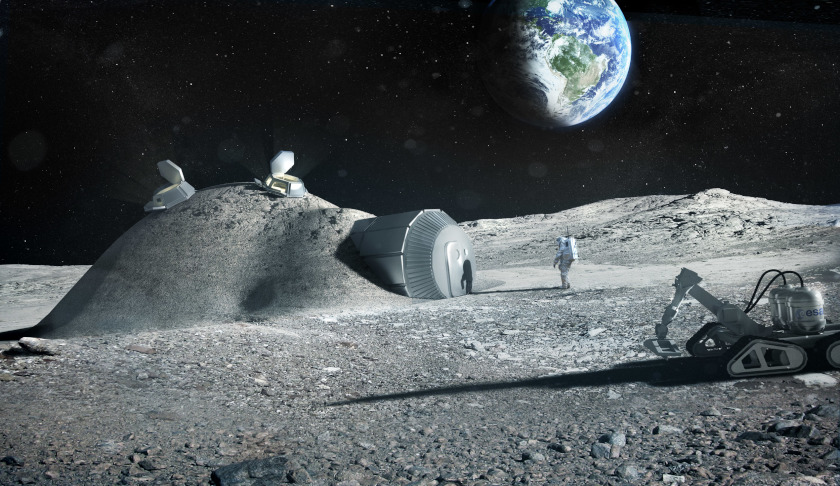US space organisation NASA initially planned a manned moon mission for 2028 but its plans have been substantially accelerated by the current US administration, with vice-president Mike Pence declaring in March that it the US would return astronauts to the moon within the next five years.
NASA is basically sticking to its original plan but with a far more minimalist approach to the technology.
In a briefing in Washington, NASA associate administrator for human exploration and operations Bill Gerstenmaier said this was not easy and neither was it risk-free.
NASA still plans to use a staging post orbiting above the moon, called Gateway, from which the manned lunar landers will depart and to which they will return. But that facility will now be a lot less elaborate than initially planned.
The unmanned mission of the new Orion spacecraft, called Explorer Mission-1, is likely some time in 2021. That was has been delayed through problems assembling the Space Launch System heavy-lift rocket.
EM-1 will spend three weeks in space, with six days orbiting the moon. The manned mission EM-2 will follow in 2022 and EM-3 in 2024 will return man to the moon, the first time since 1972.
Gateway is an international project, involving NASA and the space agencies of Europe, Russia, Japan and Canada. This is based on the experience of the International Space Station, with different modules serving different purposes.
In the past NASA officials have suggested this isn’t really needed, though the view now is that it is, albeit initially in minimal form. The first module providing power and propulsion should be launched in 2022.
NASA is also working on a plan for the lander to take men from orbit to and from the moon surface. Initially it planned to ask industry for different capabilities for descent, transfer and ascent, which it would integrate, but it is now looking to an all-in-one solution.
Even in minimal form, returning man to the moon won’t be cheap.
However, in recent testimony to the US Senate appropriations committee, NASA administrator Jim Bridenstine said its revised moon landing budget hadn’t yet been finalised but it would not be as much as some had suggested.
That ran as high as an additional US$8 billion but it’s now thought to be more like US$3-5 billion. NASA has previously said it would ask international partners to step up a bit.
That will certainly involve Australia, which participated in the original moon landing missions in the 1960s and 1970s and is one of the key outposts of the NASA space tracking network.

